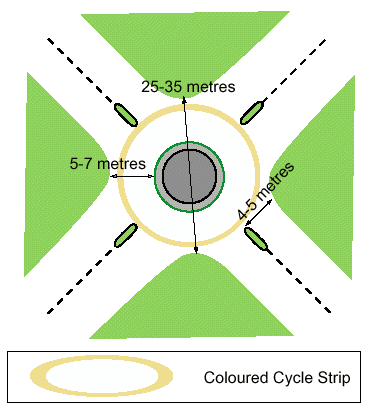
Figure 3 – Characteristics of a cycle-friendly roundabout
A number of studies have been carried out in the past concerning cycle accidents, and it would seem that the main problem is due to circulating cyclists being hit by vehicles entering the roundabout; these certainly result in the most serious injuries. It would seem that entering drivers sometimes don’t “see” circulating cyclists, or at any rate do not notice them. We need to find out which (if any) design features will help cyclists to be noticed. The aim of the study is to produce design guidelines for roundabouts where cycle “friendliness” is thought to be an important issue. For example, at junctions where there are expected to be a larger than normal number of cyclists, or where cycling is particularly encouraged by other measures on the adjacent road network. However, such treatment would be appropriate only at junctions with low or moderate flow levels, where a roundabout has been installed more as a traffic-calming measure than as a flow-handling measure. Although cycle accident data are insufficient to be able to incorporate a full cycle safety prediction model into ARCADY, it is hoped that it may be feasible to incorporate “rule of thumb” guidance as to the likely cycle-safety of a particular design being modelled. “Continental” design features, so called because they are far more prevalent in continental Europe than in the UK, are being studied in particular. Such designs have minimal traffic weaving because they have single lane entries and exits, and the circulating carriageway tends to be narrower than on conventional UK designs. Also the entry angles tend to be larger, so drivers have a more sudden change of direction at the give-way line, rather than a shallow merge into the circulating carriageway. Older readers may recall that UK roundabouts used to be a bit like this!